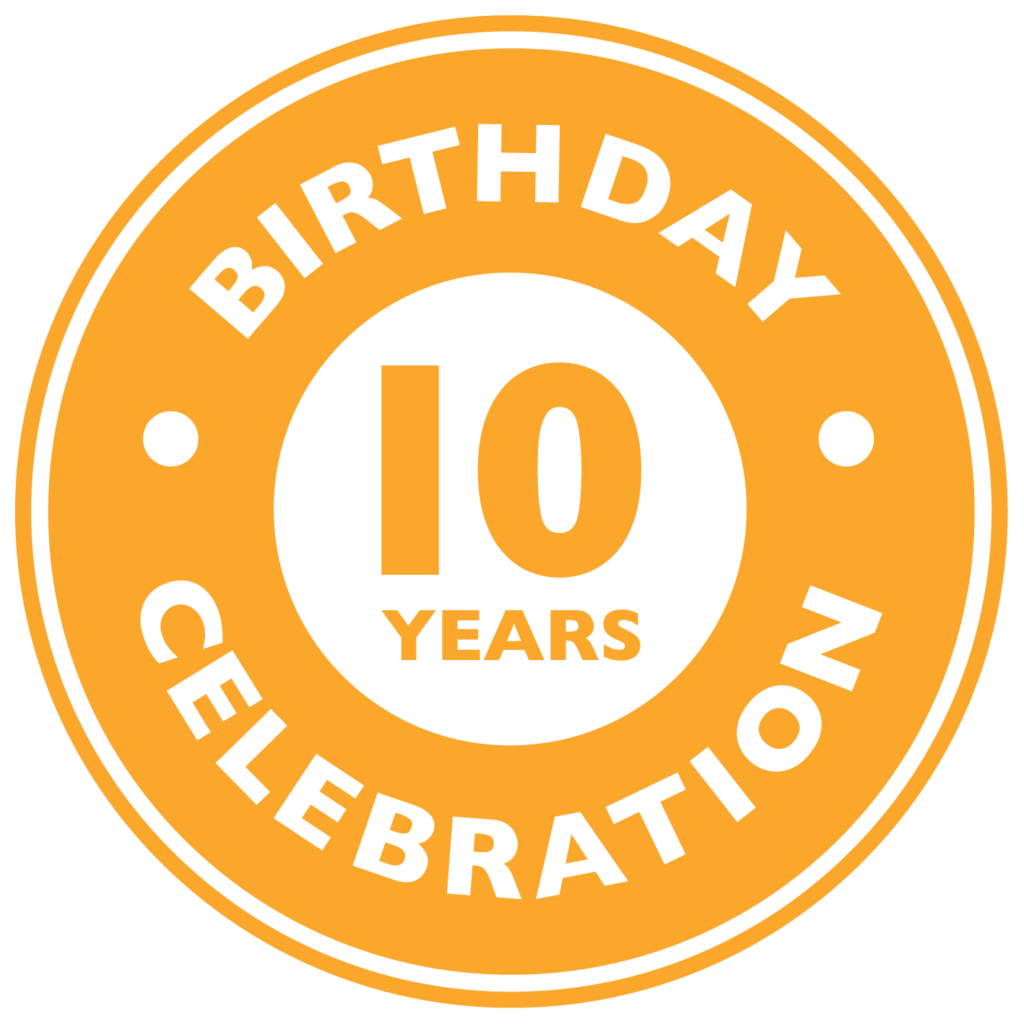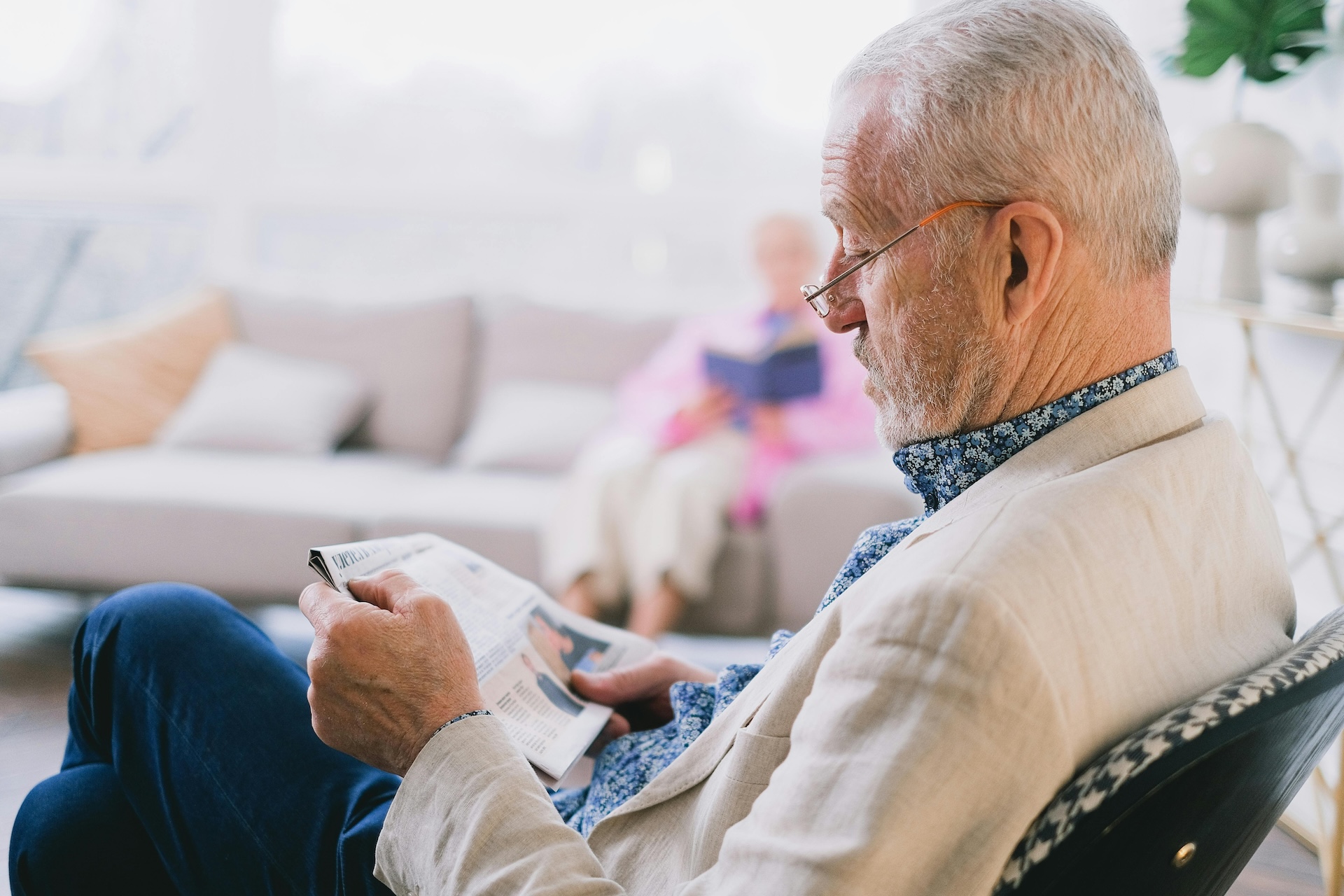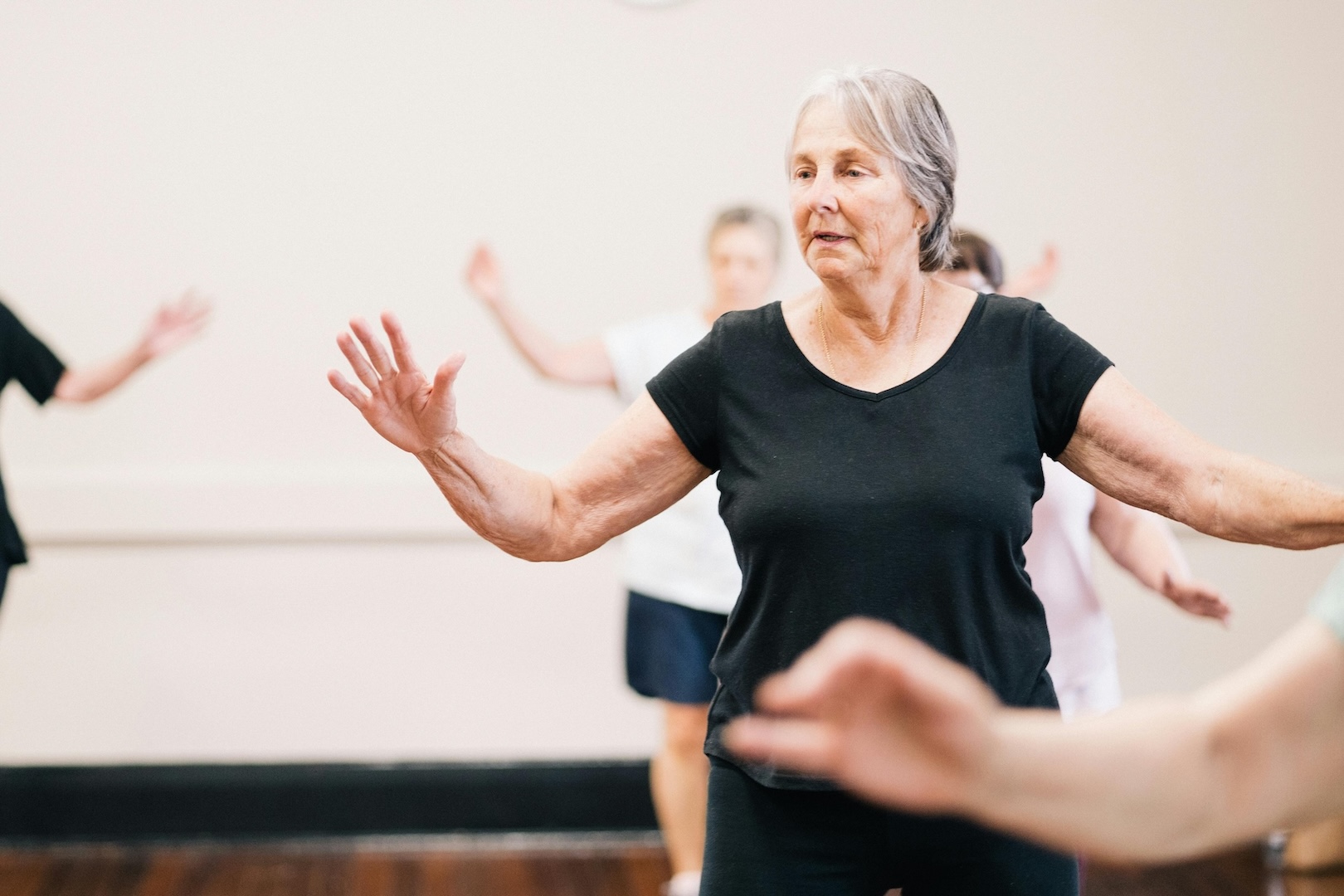Why cancer research is so important
The latest statistics from the Australian Cancer Council report over 140,000 new cases of cancer will be diagnosed in Australia this year alone, with 1 in 2 Australian men and women expected to be diagnosed with cancer by the age of 85.
Which cancer is most common?
Non-melanoma skin cancer is believed to be the most prevalent diagnosis in Australia.
According to the Cancer Council, there are five cancers that account for almost two-thirds of all cancers diagnosed in Australia. These are prostate, breast, colorectal (bowel), melanoma and lung cancer.
A less common cancer will report 6 to 12 incidences per year per 100,000 Australians. Examples are Brain Tumours, Thyroid Cancers, Liver Cancers, Pancreatic Cancers, Kidney Cancer, Testicular Cancer and many, many more.
A rare cancer will report less than 6 incidences per year per 100,000 Australians.
There are over 200 less common and rare (RLC) cancers and subtypes, with an estimated 52,000 people diagnosed with an RLC cancer.
Cancer where does it come from?
Despite vigorous studies, scientists are still working towards understanding all of the risks and causes of cancer. Studies to date have found a number of chemical, physical and biological factors that can lead to developing cancer. These are known as carcinogens and include: tobacco, ultraviolet radiation and asbestos.
From this knowledge we understand that some cancers share risk factors:
- Smoking contributes to one in nine cancers, and one in five cancer deaths. Lung cancer is predicted to be the leading cause of cancer death in 2019.
- Alcohol contributes to about 3% of cancers.
- Many cancers occur as a direct result of dietary influences, from infectious agents or exposure to radiation (especially skin cancers from ultraviolet radiation).
- Some cancers can be genetic.
- Cancer is not caused by injury or stress.
- Non-melanoma skin cancer is more common in men, with almost double the incidence compared to women.
It is important to note that not all cancers are associated to the risk factors mentioned above. Cancer can sometimes develop without any specific causes.
What are the survival rates for cancer?
Thanks to the hard work of researchers, the mortality rate (number of deaths per 100,000 people) has fallen by more than 24%, meaning we are seeing more survivors than ever. Today, almost 7 in 10 Australians will survive for at least 5 years after a cancer diagnosis and in some cancers the survival rate is as high as 90%. Sadly, over the age of 75 our survival rate begins to fall towards the 50% chance.
How can an Occupational Therapist help someone with cancer?
Occupational Therapists are health professionals whose focus is on helping people to manage the tasks of everyday life. An experienced Occupational Therapists will work with you, your loved ones and your treating team to work on areas you feel may be limiting your function.
Cancer and its treatment can impact on your ability to independently perform everyday activities, through side effects, including: shortness of breath, extreme fatigue, brain fog, nausea, pain, impaired balance and lowered strength.
An experienced Occupational Therapists will work with you to increase your ability to perform those important everyday tasks such as:
- Grooming, showering, dressing and hygiene
- Moving around, bending or reaching
- Managing your energy levels
- Safety with getting on and off the bed, chair or toilet and using stairs
- Managing your finances, medication or appointments
- Accessing your community and driving
This can be done by:
- Prescribing equipment to help you with moving around and supporting you to complete everyday tasks
- Minor or Major home modifications to help you move around safely
- Supporting you and your family to manage cancer and its side-effects.
- Education on falls prevention, energy conservation and mindfulness strategies to improve your function and wellbeing.
Who else can work with my Cancer symptoms and treatment?
It’s not just Occupational Therapists that can help you with managing the symptoms of your cancer or side effects from its treatment and their impact on your daily life. An allied health team-based approach can also include:
Physiotherapy: Exercises and guidance to help with respiration, balance, gait, posture and stability. Recent studies have found that exercise can improve activities, reduce impairments and reduce falls risk factors.
Speech Pathology: Exercises to help with swallowing food, exercises to help with speech, voice and communication, equipment to aid eating, drinking and communicating.
Dietitian: To review dietary intake and minimise weight loss.
Social Work: To support families in accessing services, and tools to help with feelings of grief and loss.
Need to know more?
Our experienced Allied Health multidisciplinary team is here to help you participate in the activities of your everyday life. Contact us today to discuss your needs via email at admin@ssrg.com.au or you can call us on 1300 729 190 and we will be happy to help!
Author: Donna Joosten
More about the author…Donna is an Occupational Therapist and Manager of SSRG’s Occupational Therapy Team. Donna has worked extensively with neurological rehabilitation, particularly movement disorders and has completed training in physical and cognitive rehabilitation. Donna holds a Bachelor of Occupational Therapy as well as qualifications in Business and Music.




